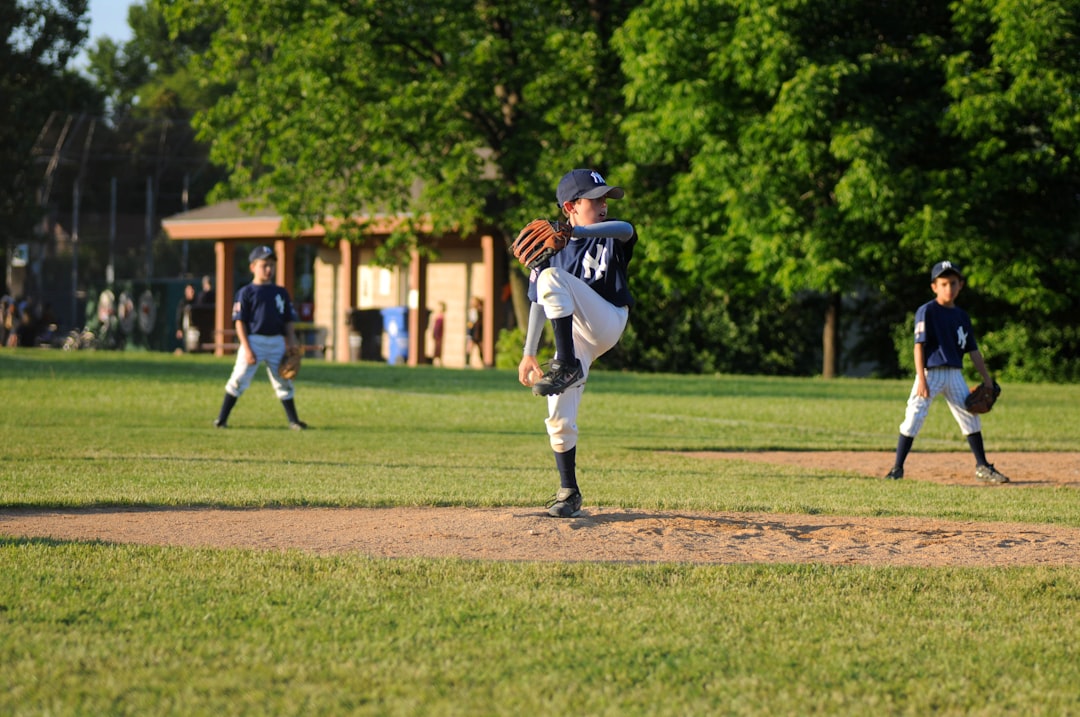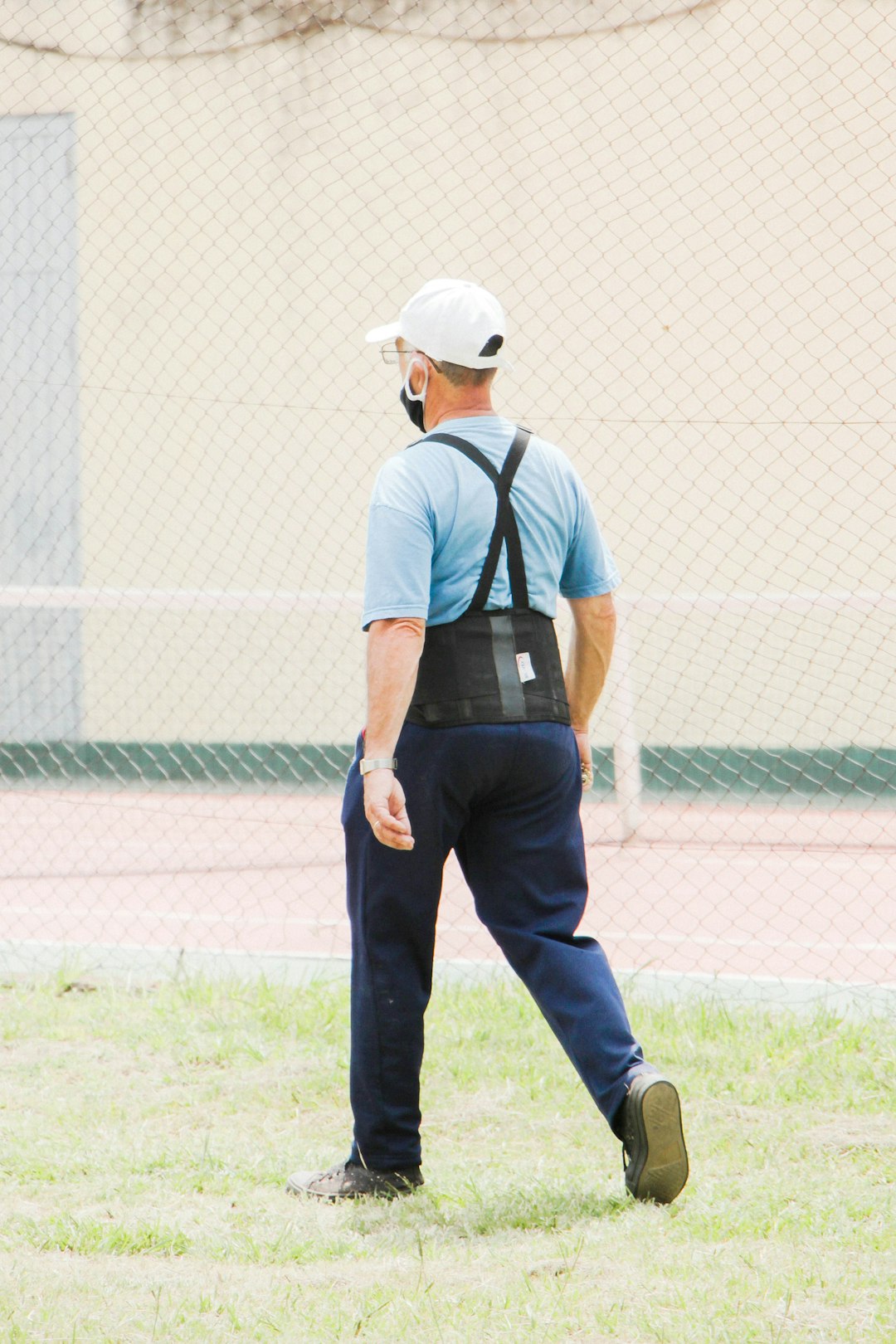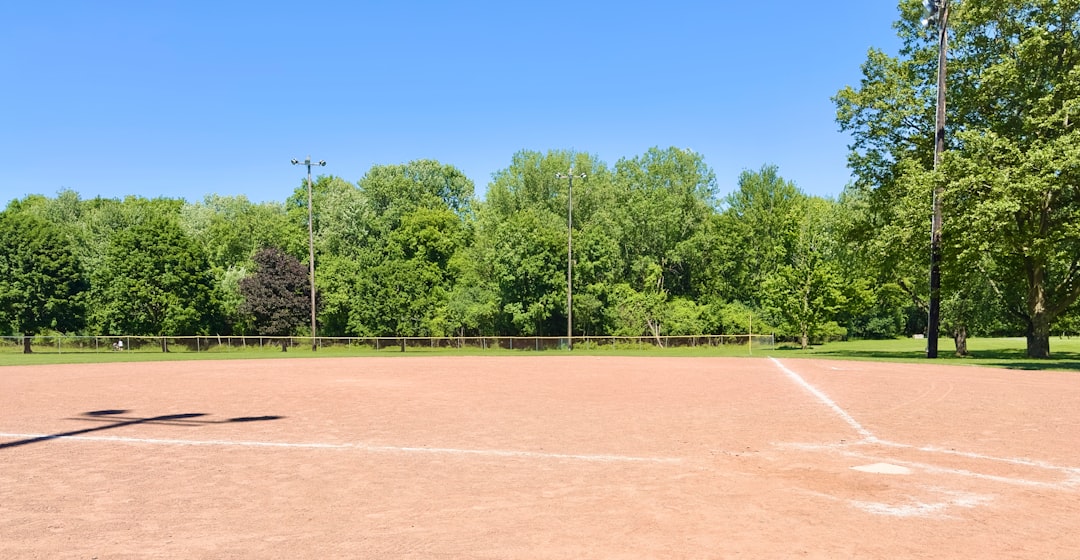In today’s highly competitive baseball recruiting landscape, simply having talent on the field is not enough. To increase your chances of being recruited by a college program, you need to showcase your skills in a way that grabs a coach’s attention—and fast. One of the most effective tools at your disposal is a well-crafted baseball exposure video. This isn’t about flashy graphics or viral TikTok potential; it’s about professionalism, precision, and the ability to present yourself as a serious, recruitable athlete.
Below is a comprehensive guide on how to create a baseball exposure video that impresses college coaches and puts you one step closer to reaching the next level.
Understand the Purpose of an Exposure Video
Before you pick up a camera or schedule practice time, it’s crucial to understand why you’re making an exposure video. This video serves as your introduction to college coaches. Many programs view hundreds of athlete videos each season, so your goal is to get noticed quickly—and professionally. Coaches use these videos to:
- Evaluate athletic skills and mechanics
- Gauge game awareness and situational intelligence
- Assess physical characteristics like size, speed, and agility
- Identify potential recruits to invite for visits, showcases, or camps
Keep It Short and Focused
Coaches are busy, and they won’t sit through a 10-minute video. The ideal exposure video should be between 3 to 5 minutes long. Showcase your best skills and strengths upfront—if you don’t grab their attention in the first 60–90 seconds, they may move on to the next athlete.
This brevity enforces a critical point: quality over quantity. Don’t include seven ground balls when three excellent ones will do. And always ensure that each clip enhances, rather than dilutes, your presentation.
Essential Components of a Baseball Exposure Video
A great video follows a logical and consistent structure. It should allow the coach to clearly evaluate your skills in a real-world context. Here are the main sections that should be included:
- Intro Clip: Begin with a short visual introduction that includes:
- Full name
- Graduation year
- Position(s)
- Height and weight
- School and club teams
- Academic stats (GPA, SAT/ACT if available)
- Defensive Skills: Show game situations and/or workouts at your primary and secondary defensive positions. Coaches are looking at:
- Footwork and fielding mechanics
- Arm strength and release time
- Accuracy and agility

- Hitting: Include game footage and cage work (preferably multiple angles). Highlight:
- Bat speed and contact consistency
- Balance and mechanics
- Situational hitting if possible
- Pitching (If Applicable): Focus on:
- Different pitch types with velocities
- Mechanics and control
- Poise, tempo, and mound presence

- Base Running: Show a 60-yard dash (preferably on video with a timer) and any game situations where your speed and instincts are evident.
Use the Right Equipment
Your video doesn’t need to be shot by a professional crew with a five-figure budget, but it must be clear, stable, and high-quality. At a minimum, you’ll need:
- High-resolution camera (Phone cameras with stabilization can work with proper setup)
- Tripod for stable shooting
- Microphone for any verbal intros or commentary
- Editing software like iMovie, Adobe Premiere, or a sport-specific platform like Hudl
Everything in your video should look clean and be well-lit. Avoid shooting into the sun during field sessions, and suppress any background distractions if you’re at a crowded facility.
Film Smart: Tips for Each Position
Each position has key elements that coaches want to see. Your video should reflect the details relevant to your position(s).
Infielders:
- Show mechanics for 5–7 ground balls: forehand, backhand, slow roller
- Display arm strength across the diamond
Outfielders:
- Show route efficiency tracking fly balls
- Demonstrate throws to third base and home with accuracy
Catchers:
- Include pop times (with a timer visible if possible)
- Block, receive, and frame pitches
Pitchers:
- Film from behind the mound and from the open side
- Label each pitch type and record velocities if possible
Include Real Game Footage
While skills sessions are helpful, game footage adds crucial credibility. Coaches want to see how you perform under pressure and against real competition. Choose clean, camera-stable clips that highlight:
- Key hits or RBI plays
- Double plays, tags, or pivotal defensive highlights
- Pitching sequences against strong batters
Ensure game footage is not grainy or too zoomed-out. Coaches want to evaluate your decisions and reactions in real-time game scenarios.
Edit Thoughtfully, Not Flashily
Resist the urge to overlay music, flashy transitions, or excessive graphics. The best exposure videos are straightforward and devoid of distractions. That said, smart editing is absolutely necessary. You should:
- Label each section clearly (e.g., “Defensive Drills – Shortstop”)
- Include your name and contact info at both the start and end
- Keep transitions simple—fade-in or hard cuts are more than enough
If you’re unfamiliar with video editing, there are services that specialize in athlete highlights and offer good value for the investment.
Share Strategically
Once your video is polished and live (YouTube or Vimeo are ideal platforms), it’s time to get it in the right hands. Consider the following tips for smart exposure:
- Email coaches directly. Include a short message, your recruiting profile, and a link.
- Include it in recruiting forms on college athletic websites.
- Post on verified recruiting platforms like NCSA, BeRecruited, or Hudl.
- Ask your travel/club coach to share it with their network.
Also, have your video link on hand when attending showcases or camps—it’s the perfect leave-behind that reinforces what you showed in person.

Conclusion: Your Video Is Your First Impression
In the eyes of college coaches, your exposure video often comes before your stats or even seeing you live. That means it should be taken seriously—crafted with care, precision, and an understanding of what evaluators want to see. It’s not just a compilation of cool plays, but an opportunity to communicate, “I’m a serious athlete, and I’ve done my homework.”
If you put the same effort and discipline into your video that you do into training and improving on the field, it will serve you well—and perhaps, be the first step in the journey to your dream college program.
